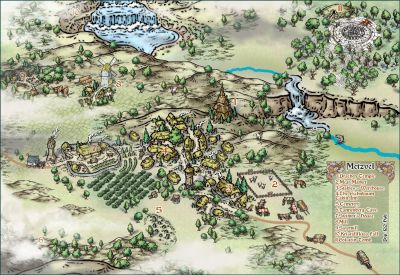
Monsen
Monsen
About
- Username
- Monsen
- Joined
- Visits
- 693
- Last Active
- Roles
- Administrator
- Points
- 8,956
- Birthday
- May 14, 1976
- Location
- Bergen, Norway
- Website
- https://atlas.monsen.cc
- Real Name
- Remy Monsen
- Rank
- Cartographer
- Badges
- 27
-
Live Mapping: Big City Project 1
To elaborate why you get that "Clipboard empty" message.
CC3+ doesn't embed images in the drawing, but link to external files. This is why you can't simply paste from the clipboard, since the clipboard isn't a file CC3+ can refer to.
The reason it is reported as empty however, is that the Windows clipboard is kind of smart. It can keep the same data in multiple formats (for example, if you copy some text from a web page, the clipboard will store both a plain text version of the text, as well as a formatted version). Whenever you paste, the clipboard will pick the version that is suitable for the program you try to paste into. However, the only thing CC3+ can accept are either plain text, or CC3+ entities, and after copying an image from somewhere else, the clipboard won't contain any of those. Therefore it is empty as far as CC3+ sees, because it doesn't have anything to offer that program.
-
WIP: birth of the firedemon battlemap
-
jumpy glow
-
WIP - First Town / Village
-
Can I modify instanced symbols with macros?
I don't think there is a way changing symbol references using macros. But as a workaround, you can just explode the symbols in the drawing. In most cases, this won't make a visual difference, but the symbols are now just a collection of primitive entities which should react nicely to color changing commands. Obviously, they no longer will be regarded as symbols for commands operating on those, but that is usually not that big a problem.








